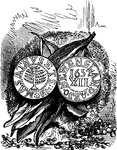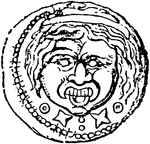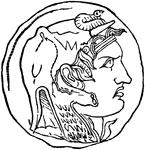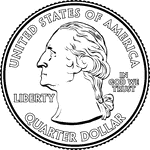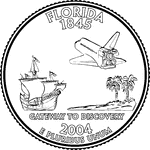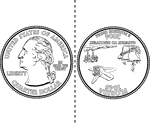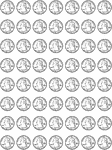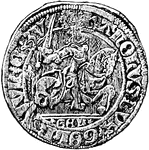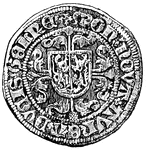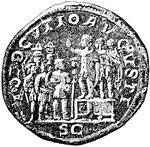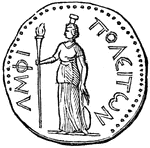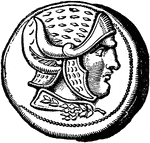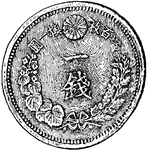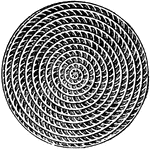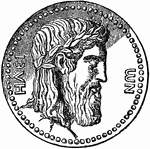
Victory Coin over Pyrrhus
Roman coin struck to commemorate the victory over Pyrrhus and his elephants.

Queen Anne's Farthing
"The Queen Anne farthings were designed by a German of the name of Crocker or Croker, principal engraver…

Refraction
"The following simple experiment illustrates the effect of refraction:—Place a silver coin, m,…

Roman Coin
"The so-called Republican, the earliest coinage, began at an early period of Roman history, and subsisted…
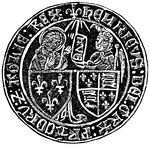
Salute - a Golden Coin (Obverse)
The coin (front) bears the image of the Virgin Mary receiving Gabriel's salutation. It was issued by…

Salute, a Golden Coin (Reverse)
The coin (front) bears the image of the Virgin Mary receiving Gabriel's salutation. The back of the…

Sceat, an Early Anglo Saxon Coin
"Specimens occur in gold, but most frequently in silver. Their average weight is 15 grains, and they…

Seven Shilling Piece from Great Britain
"...an English gold coin of the value of seven shillings, being the third part of the guinea, coined…
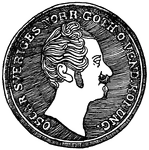
Skilling Coin - Obverse
"A money formerly used in Scandinavia and northern Germany, in some places as a coin and in others as…
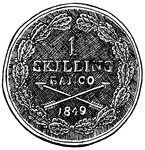
Skilling Coin - Reverse
"A money formerly used in Scandinavia and northern Germany, in some places as a coin and in others as…
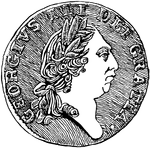
Spade Guinea Coined by George III, Obverse
"A guinea coined by George III during the period 1787-99. It is now so called because the shield of…
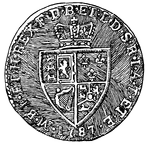
Spade Guinea Coined by George III, Reverse
"A guinea coined by George III during the period 1787-99. It is now so called because the shield of…

Tibet Coin
"Coin struck in Tibet, from specimen in India Library; inscribed "27th year (of cycle=1772 A.D.) from…

Tibet Coin
"Tibeto-Chinese coinage ("Kieniang, 58th year," i.e. 1793 A.D.)" —The Encyclopedia Britannica,…
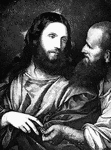
The Tribute Money
The piece proves that the artist was influenced by Durerth. It was painted by the great painter, Tiziano…

Coin of Vespasian
Titus Flavius Vespasianus, commonly known as Vespasian (November 17, 9 – June 23, 79), was a Roman…
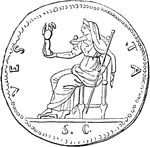
Coin of Vesta
"Represents Vesta seated on a throne, with the Palladium of Rome in her hand." — Anthon, 1891

Victory
A representation of Victory, inscribing on a shield the triumph of the Romans; at the same time, she…
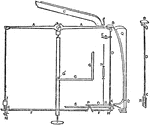
Center and End Knife Edges with Scale Pan Coin Weighing
"B is the pan on which the coin rests, at a point above the beam. The coins are placed in a rouleau…
